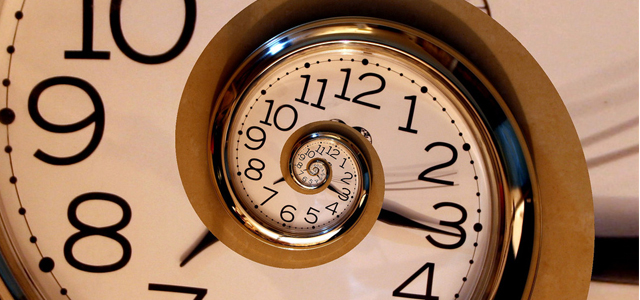| It’s Tuesday again which means it’s time to take a trip back in time again for #TimeMachineTuesday .There’s been many great stories in past publications, so this week we decided to bring it back to January of 2008. The Music & Sound Retailer sat down with Peter Frampton for an interview. We sat down with him to hear all about the legendary guitaristBy Carl Cunningham |
| Peter Frampton is the perfect example of how a wildly successful young rock star can weather not one but two explosions of fame and come out of it alive, with sanity intact and as a far better musician and human being. To his four children, Peter Frampton is simply a father who provided them with a good solid upbringing while leaving home every now and then to play his music. To generations of rock music lovers, Frampton will forever be known as the pretty boy blonde, guitar-wielding God who sold a “jillion” copies of Frampton Comes Alive.Now, at 57, Frampton’s flowing blonde mane has since given way to a closely cropped head of gray. With three grown children and an eleven-year-old daughter at home, Frampton is comfortable with his role in life as a revered rock star, former two-time teen idol, and doting dad who helps his little girl with her homework. Peter recently took time to talk to the Music & Sound Retailer about the gear that helps him compose the Frampton sound.M&SR: Peter, I’d like to ask about your earliest memories of music, maybe something that sticks out in your mind? Peter Frampton: When my parents realized that I was into music-that I really had something special-I was about three or four, and there was a piano being played on TV. We were watching this classical music piano recital, and I said, “There’s something wrong with the piano.” My mother and father said, “No there’s not. Shush, listen.” So at the end of the performance, this guy comes out and says, “We’d like to apologize to everyone for the performance. Someone left a piece of music on the strings.” I was aware of musical sounds pretty adeptly early on.M&SR: What was your first instrument? Frampton: My first was a banjolele, a banjo-shaped ukulele. It was left in the attic by my grandmother. She made the comment that “one day Peter might want to fiddle around with it.” I found it one day while retrieving suitcases for summer vacation. I asked my dad what it was, and that’s where it all started.M&SR: Did you take lessons or were you self-taught? Frampton: I think beginner players should definitely take lessons. I did, after picking up the basics by ear. That taught me how to read music with the guitar, and taught me how to learn the technique for string fingering with the right fingers on the right strings. Fingering the guitar the right way is a big help because it can wear you out trying to do it the wrong way. You don’t want to make it more difficult than it is already. M&SR: What is it about your black Gibson Les Paul that you love so much? How did it come about for you to release a signature model with Gibson? When I moved to Nashville about 13 years ago, I used to go hang out at Gibson. It was like my club, and I’d go hang out with the luthiers. Mike McGuire, the head of the custom shop, suggested one day that they should make a Peter Frampton model. We spent a year working together on trying to make it as much like the original as we could. I tried to give him as much information as I could from what it felt like, and they came so close. I love my guitar. It’s probably nothing like the other one, but I love what they did for me. M&SR: What are some other favorite guitars you record and tour with? M&SR: Will you tell me about some of your favorite effects? M&SR: What are some of your favorite amps over the years? M&SR: What do you think the instrument makers and retail sellers can do to improve their products or make them better? |


